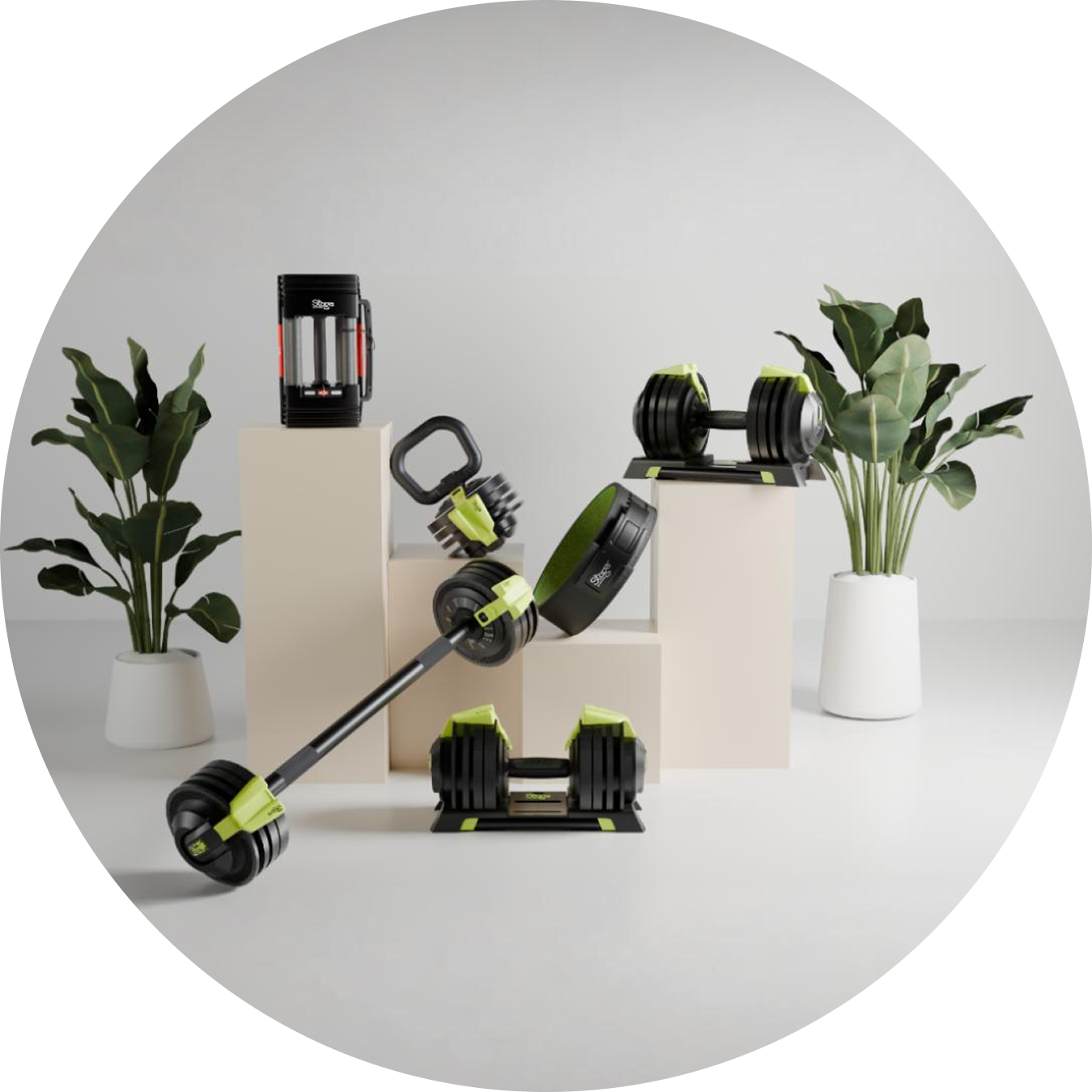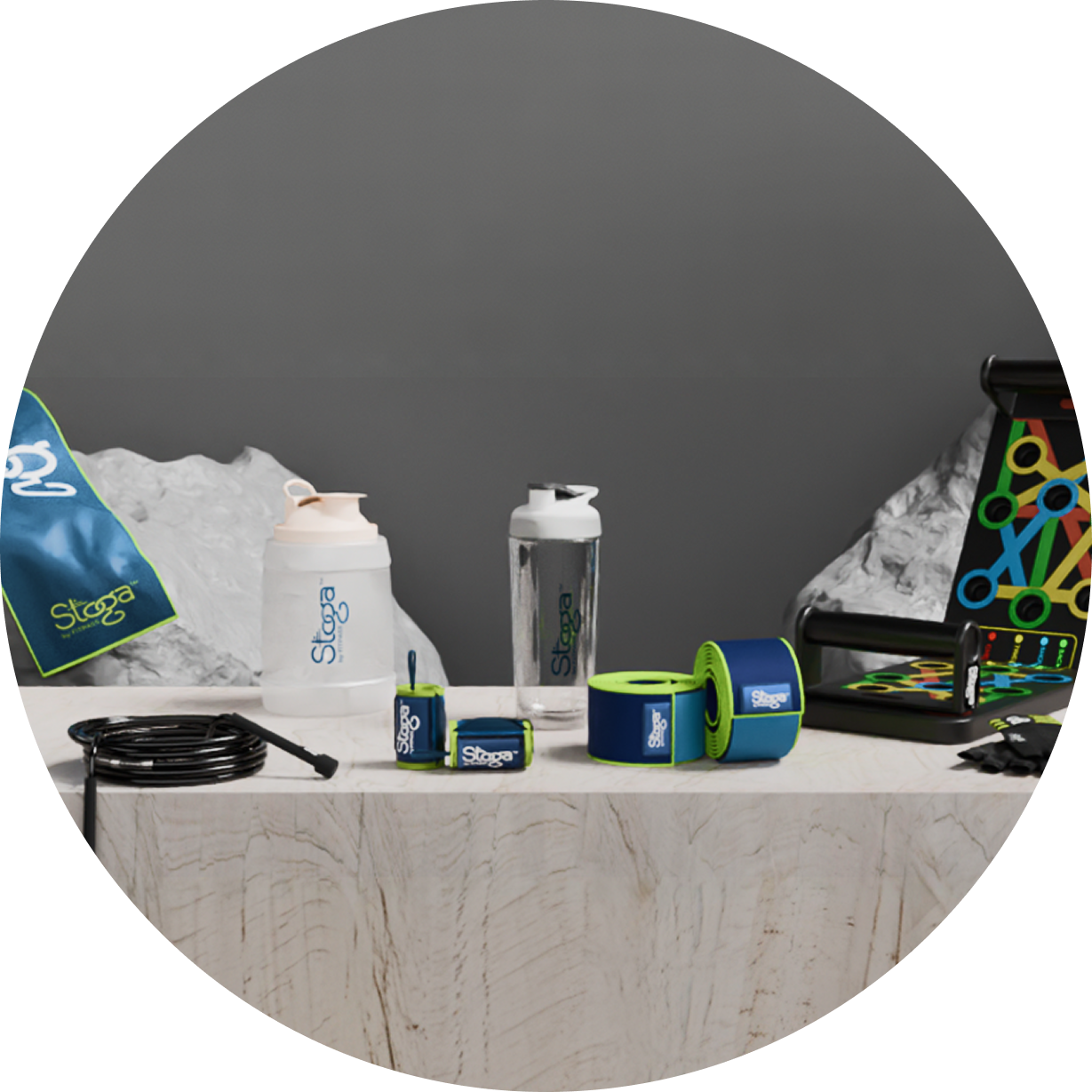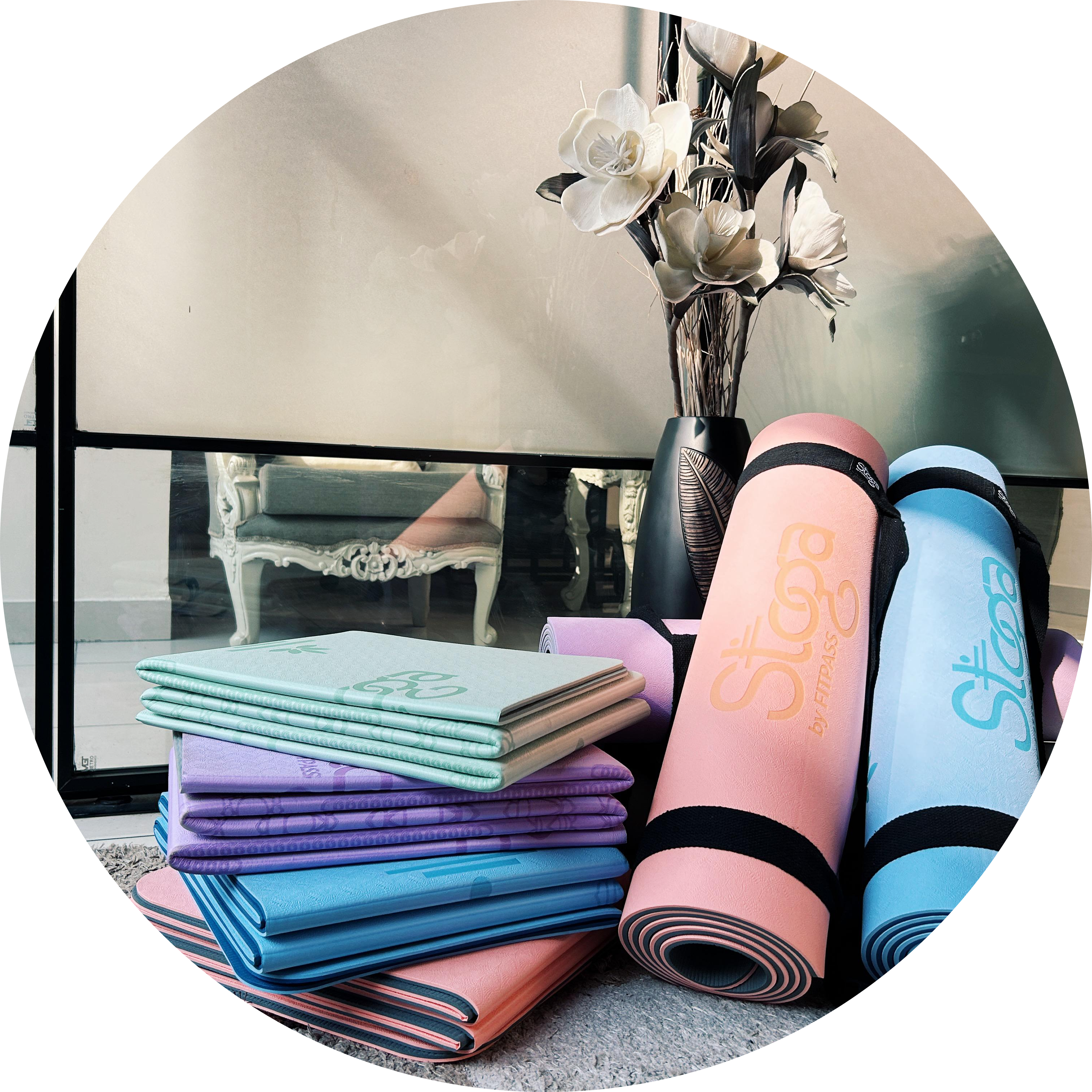In recent years, we’ve witnessed a shift: workout gear is no longer hidden in basements or back rooms. Instead, fitness equipment is becoming part of our living spaces, integral to home décor and lifestyle. Today, more people ask: why should my treadmill look like a machine when it could look like a piece of sculpture? This is the era where fitness meets lifestyle, where design-forward fitness equipment, stylish workout gear, and home workout equipment design converge into a new paradigm.
In this blog, I’ll explore how this fusion is transforming how we exercise, the trends pushing it forward, and why premium aesthetic gym equipment is no longer niche but mainstream.
Key Takeaways
- Design matters: The look, finish, and user experience of gym gear now influence purchase and usage.
- Space and multi-functionality are central: compact, smart, and hybrid tools are rising.
- Lifestyle integration: equipment increasingly blends into interiors as decor and utility.
- Evidence supports the trend: the smart home gym market is growing rapidly.
- Personal experience counts: real users share how design-forward gear changes daily habits.
From Bulky to Beautiful: The Rise of Design-Forward Fitness Equipment
Once, fitness gear was purely functional, heavy, clunky, and industrial. But that’s changing. Brands today adopt what I call a “dual mandate”: performance and aesthetics.
Design-forward fitness equipment refers to machines and tools that prioritise form as well as function. Think of a sleek adjustable dumbbell or a sculptural resistance machine rather than a barbell rack looming over your living room. As a Forbes article on home gym design puts it: users increasingly want “design-savvy wellness equipment that helps stay committed … while serving as design pieces.”
This shift reflects deeper lifestyle trends. As work-from-home setups became standard, so did home gyms. But many early home gyms looked like gym leftovers, awkward treadmills in spare rooms, weights scattered on floors. Designers and fitness brands saw an opportunity. Why not make gym gear that fits your interior, not clashes with it?
Home Workout Equipment Design Trends: What’s Driving the Shift
1. Compact, Multi-Functional Tools
One of the biggest innovations in this space is the rise of compact, multi-functional gear. Instead of dozens of dumbbells, one device may allow weight changes across a wide range with a dial or lever. Stoga’s QuickShift adjustable dumbbell is a prime example: it lets you switch weights (from 3 kg to 24 kg) in just one rotation, eliminating the clutter of fixed dumbbell sets. The Pro version goes further, offering a 3-in-1 functionality (dumbbell, kettlebell, barbell) across 36 adjustments.
Similarly, PowerBrick, another Stoga design, features a square, compact shape with a selector-pin system, enabling five settings up to about 22 kg. Its design keeps things balanced, easier on the wrist, and space-efficient.
These tools represent the convergence of compact workout tools, aesthetic gym equipment, and space-saving gym design. They fight the stereotype that more capability always means bulk.
2. Minimalist & Curated Aesthetic
We see a growing demand for minimalist workout gear, clean lines, neutral colours, sleek finishes, and no visual clutter. Rather than aggressive logo-heavy branding, many companies adopt subtle elegance. This style meshes well with fitness and interior design crossovers, where gear becomes part of the decor.
As more people build curated home gyms, the motto is “less is more.” Each piece is chosen carefully for both utility and visual harmony. That’s where “functional fitness decor” comes in, not just tools, but art you can train with.
3. Artistic & Fashion-Forward Accessories
Fitness doesn’t stop at machines. Even accessories, such as resistance bands, yoga mats, and weights, get design upgrades. At Stoga, for example, you see premium mats, elegant wrist wraps, and sculptural shakers. Other brands collaborate with artists or fashion labels to offer limited-edition, statement pieces.
These items appeal to the user who wants fashion-forward fitness accessories, where utility meets beauty.
Why This Matters: The Psychology & ROI of Beautiful Gear
Design-forward fitness equipment isn’t just about aesthetics; it influences behaviour, motivation, and long-term usage.
A well-designed piece invites engagement. If your adjustable dumbbell looks and feels like a quality object, you’re more likely to use it regularly rather than stashing it. And when the tool is part of your everyday space (not hidden away), working out becomes integrated into your lifestyle, not an afterthought.
From a return-on-investment perspective:
- It reduces clutter and the need for storage.
- It avoids bulky duplicates.
- It increases the chance that the gear stays in use, not collecting dust.
On a broader scale, that rising demand is reshaping markets: manufacturers who combine engineering, user experience, and interior harmony stand out.
Lifestyle-Focused Workout Products in Action: A Look at Stoga
To ground theory in practice, let’s examine how one brand—Stoga- embodies this movement.
Stoga’s Design Philosophy & Product Range
Stoga was born from FITPASS’ ecosystem and aims to bring compact, intuitive, premium fitness gear and accessories to everyday users. Their line includes:
- QuickShift Adjustable Dumbbells: seamless single-hand weight shifting between 3–24 kg.
- QuickShift Pro: versatile 3-in-1 (dumbbell, kettlebell, barbell) with 36 weight adjustments between 2–24 kg.
- PowerBrick: compact strength training tool with a selector-pin system up to 22 kg.
- Accessories like elegant yoga mats, grip wraps, shakers, push-up boards, and toning tubes.
Their design ethos emphasises compactness, efficiency, usability, and aesthetic consistency. They market it as a complete lifestyle shift: “crafting with purpose. Designed for life.”
Personal Experience: How Design-First Gear Changed My Routine
As someone working in a compact flat, I faced the classic dilemma: I wanted real strength training but hated the clutter of dumbbell racks. I once tried to hide free weights in cupboards, but the routine became a chore, dragging them out, balancing plates, stepping over them.
When I switched to a sleek adjustable system, everything changed. The gear fits neatly beside the sofa, doesn’t dominate my view, and invites me to use it, often just before working or after a call. Because it looks like fine equipment, not something ugly stashed away, I feel less resistance. The design becomes part of my home, not an intrusion.
A friend who’s a fashion designer once peeked over and said, “You know, that dumbbell looks almost sculptural.” That comment stuck. It had become a conversation piece, not an eyesore.
This change didn’t just help with convenience; it subtly shifted my mindset. I began to see the equipment as part of my lifestyle, not just fitness.
Design Strategies for Your Home Gym: Bridging Fitness and Interiors
If you’re thinking of integrating stylish workout gear into your home, here are design-forward strategies to consider:
1. Choose a cohesive colour palette & finish
Let equipment finishes (black, matte, wood accents, metallics) align with your room palette. Avoid “gym colours” that clash, select muted tones or natural textures. A single accent colour repeated subtly across gear helps unite the space.
2. Use hidden storage & modularity
Use cabinets, sliding panels, or furniture that conceals gear when not in use. Some modern gyms hide bars or suspension systems behind mirrored walls or panels. The gym becomes invisible when not in use.
3. Prioritise lighting, ambience & acoustics
Good lighting accentuates design and usability. Use warm ambient lights and focused task lighting. Sound absorption (rugs, acoustic panels) ensures workouts don’t echo. These factors help your gym feel like part of the house.
4. Layer in smart connectivity
Let lights, fans, music, or climate respond to your workout. Some spaces even sync screen content with ambience. Think of your gym as an extension of your smart home ecosystem.
5. Mix form and function discreetly
A piece like a beautifully crafted adjustable dumbbell or an artful yoga mat can be left in place. You don’t need to hide everything. The trick is that when equipment “sits” in the room, it doesn’t scream “gym.”
6. Scale appropriately & leave breathing room
Don’t overcrowd. Leave enough open floor for movement. Blending gym equipment for modern homes means curating your pieces, not installing everything you see in a gym catalogue.
Conclusion
We’ve entered an era where fitness meets lifestyle, where your strength kit doesn’t have to live behind closed doors; it can live as part of your daily aesthetic. Design-forward fitness equipment, modern fitness tools, and luxury fitness gear are reshaping how we view home workouts. No longer just about muscle gain or cardio, the experience, integration, and emotional pull now matter.
If you're building or upgrading a home gym, remember: the best space is one you want to walk into. The gear you choose should feel like part of your home, functional, beautiful, and inspiring. After all, a workout routine is a habit, and habits survive better when they feel natural in your environment.
FAQs
Q1: Isn’t design-forward gear just a gimmick, less robust or functional?
Not necessarily. Many premium brands combine high-strength engineering with aesthetics. For example, Stoga’s QuickShift and PowerBrick maintain strong ergonomic and safety features while emphasising compact design.
Q2: How do I choose between a design-forward piece and a traditional gym machine?
Start from your space and your workout goals. If you have limited space and want versatility, a compact multifunctional gear may be smarter. If you train heavy, you might still need a rack or barbell. The sweet spot is blending the two, reserving design gear for areas you want visible, and hiding the bulkier parts elsewhere (garage, basement, etc.).
Q3: Do aesthetics really boost workout adherence?
Yes. When gear feels like part of your environment, not a chore to bring out, it lowers the friction to work out. People actually report using design-forward gear more because it doesn’t feel like clutter. Testimonials from Stoga users reflect that emotional connection.
Q4: What’s the cost premium for luxury, design-forward gear?
You will often pay more upfront, but you may save on other gear, storage, or even gym subscriptions. Also, longevity, usability, and desire to use it regularly can justify the investment. Because the smart home gym market is rising (projected growth ~4% CAGR), these premium models are no longer fringe.







